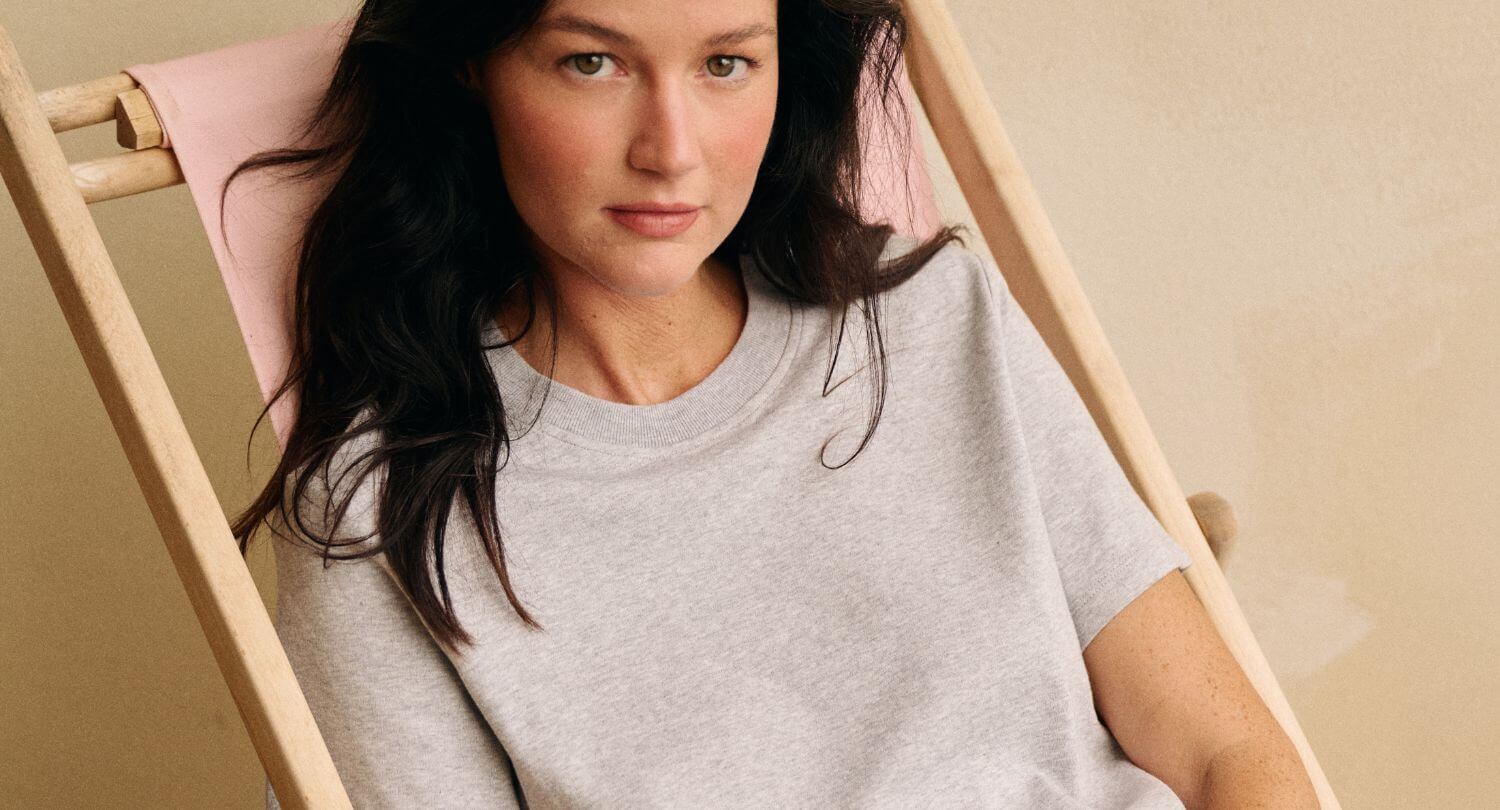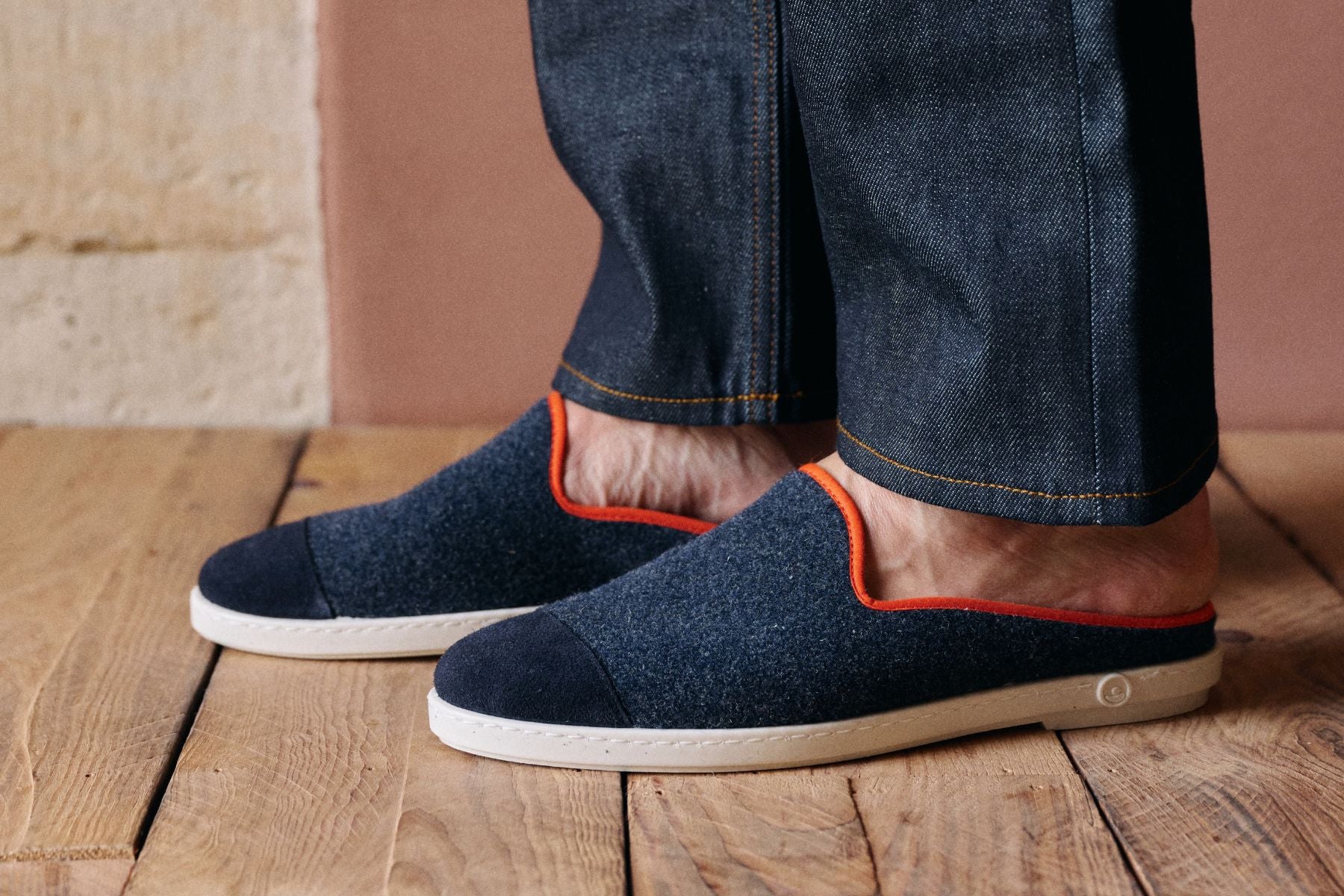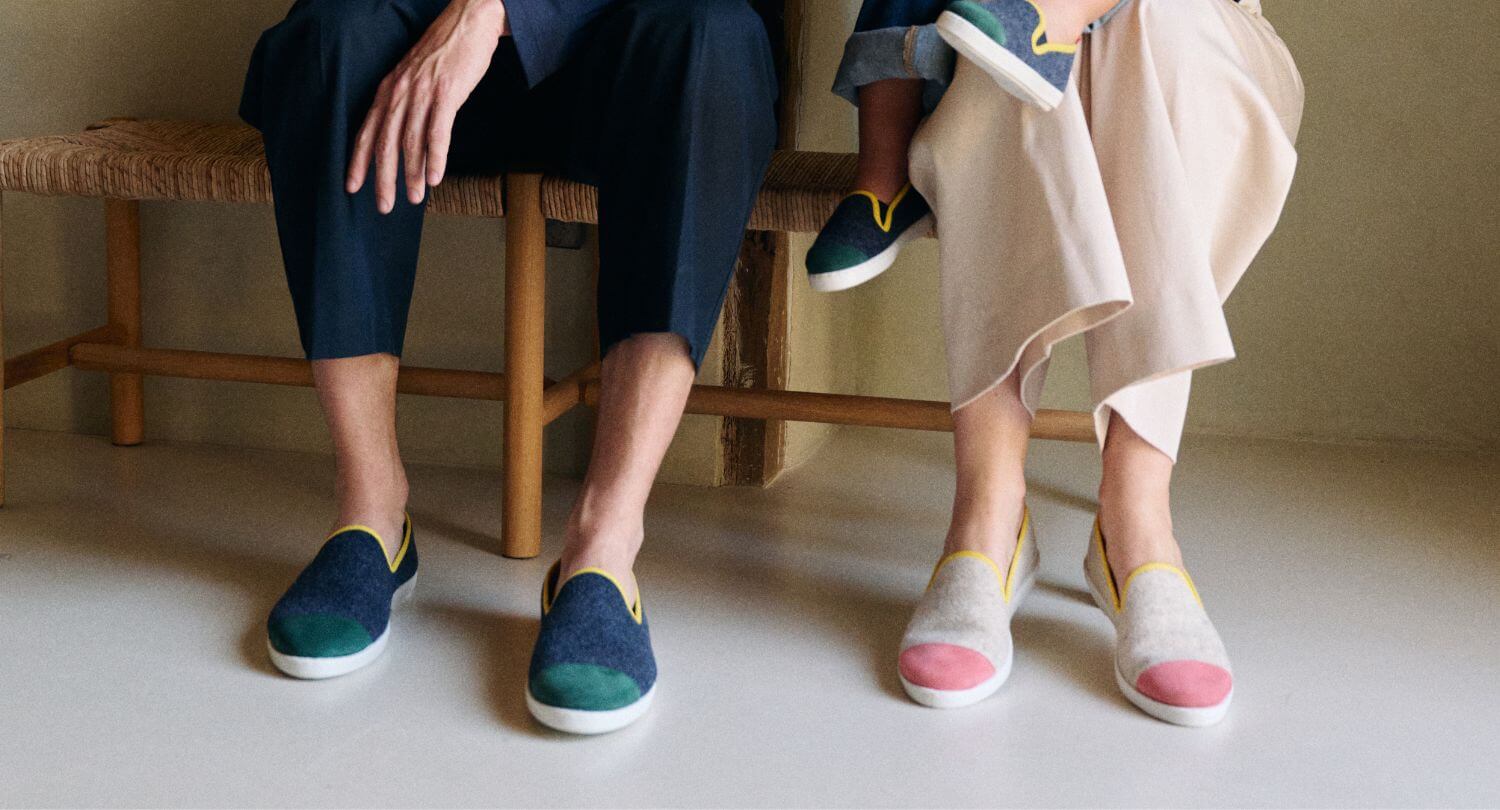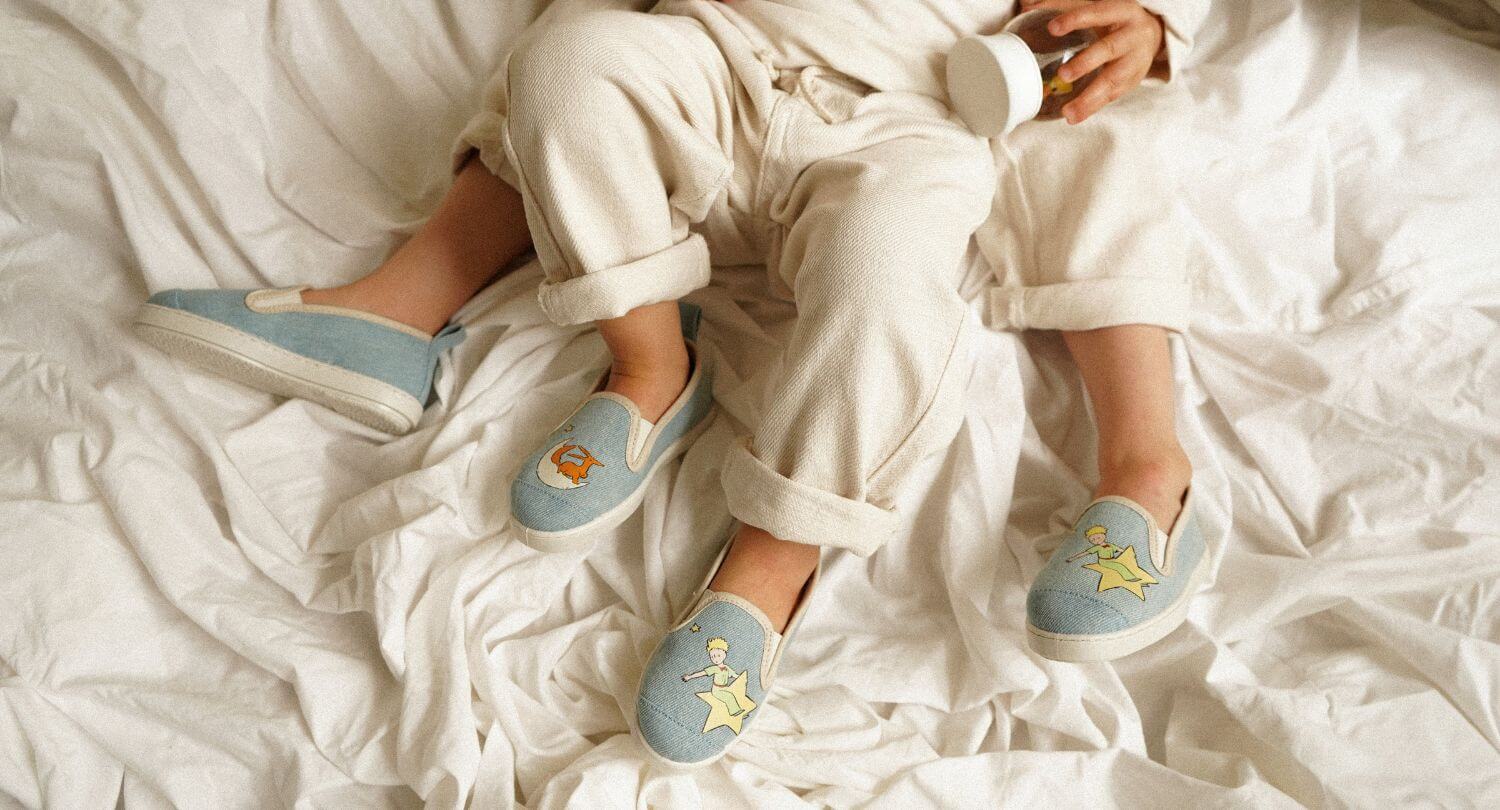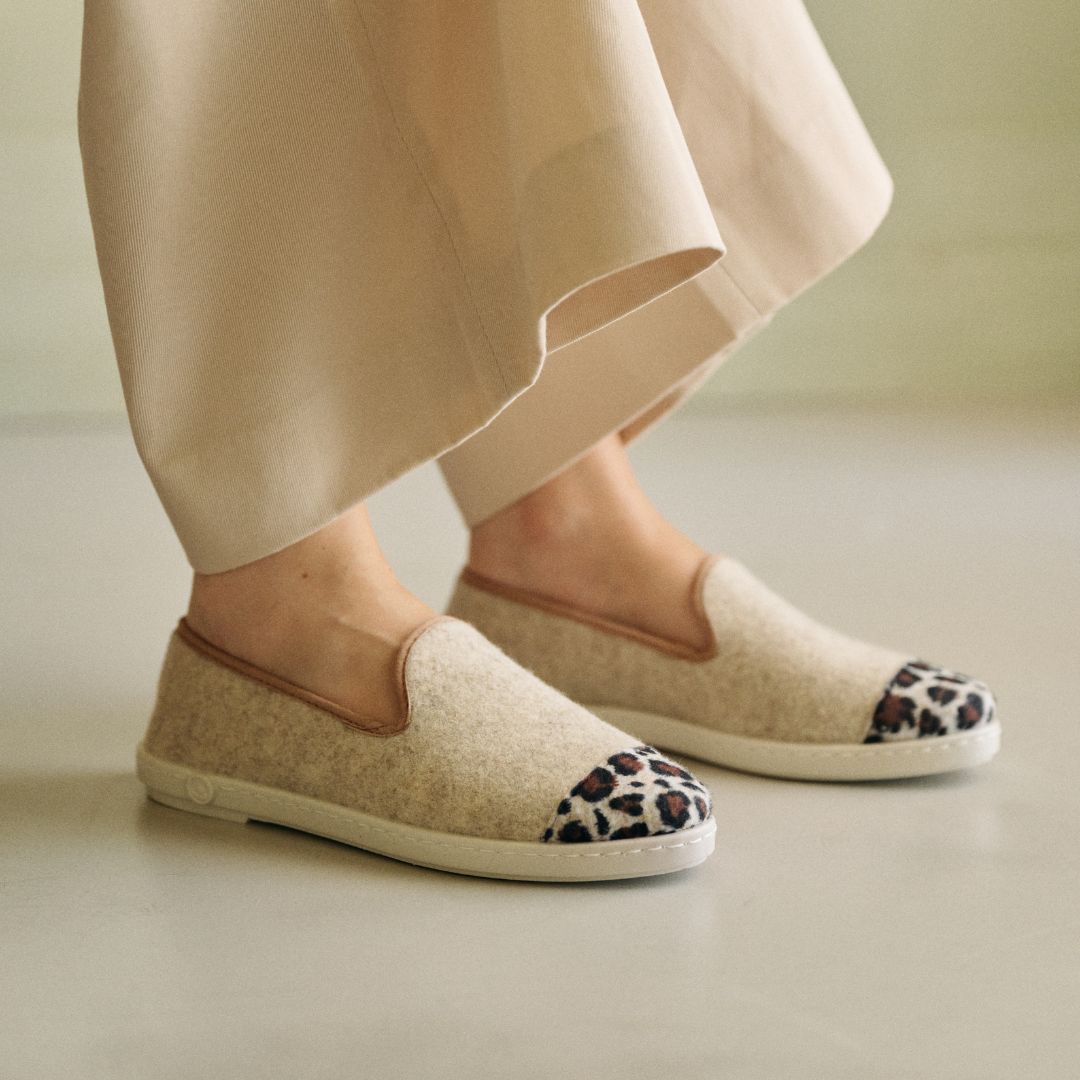Everything you need to know about wool, a natural material
When creating each new collection of slippers and winter mules, it is imperative to focus on the choice of materials. We particularly like to use wool in winter, this fiber is both eco-responsible and perfect whatever the season. We explain why! This material is full of aesthetic qualities and eco-responsible virtues. In addition, being particularly soft against the skin, it helps regulate body heat; we mainly use it to make wool slippers for children , men and women.
Wool, a historically virtuous fabric!
A little history of wool
The first weaving of wool dates back to around 400 - 300 BC: we find the first vestiges in Europe and the Near East. Each type of wool has its own characteristics and its own resulting virtues. Among the best known are sheep wool, cashmere, angora and alpaca, but also merino wool (which is a species of sheep that is particularly soft against the skin). Little by little, through the conquests of the Roman Empire, we find traces of the use of this material throughout Europe until its peak, under Henry VIII in England.

Paris, BNF, Giovanni Boccaccio, De Claris mulieribus, French 598, f70v. Gaia Caecilia (Tanaquil) weaving. . 1403. Photo Gallica
Wool, a virtuous circle for all
Although wool crops are widely criticized these days, we must understand that originally they were completely part of a virtuous and ethical circle. The first herds of sheep date back to prehistoric times, and naturally already then, sheep crossed the plains according to the seasons. This phenomenon was essential for the health of these soils. Indeed, between the sheep's droppings and the trampling of the earth with their hooves, they were fertilized in the most natural way possible. Little by little, with the invention of oviculture, men learned to appropriate this natural phenomenon, notably through transhumance.
The principle of transhumance is to bring livestock, whether cows, sheep, sheep or even horses, to the mountain pastures in order to offer them additional fodder resources.
This ancestral tradition, listed as a UNESCO intangible heritage, takes place in France from May to September depending on the topography of the territory. The herd's journey can be more or less long to the mountain pasture, from 2 to 20 km on average and often gives rise to a local festival with various activities.
However, since the industrialization of agriculture, fewer and fewer farms respect this tradition, keeping the animals in fixed locations. However, this leads to eutrophication of soils as well as their compaction, which makes them infertile. Indeed, the excess phosphorus and nitrogen present in animal droppings, which were originally fertilizers, becomes toxic. Fortunately, some farms remain more traditional and avoid this phenomenon. Labels are a good way to identify sustainable animal production or ethical manufacturing, just as the countries of origin of textiles can give a good indication of working conditions in weaving workshops. For example, French manufacturing of an organic natural wool textile is safer than wool produced in Australia and woven in China.

Beautiful breeding for beautiful wool
The other point of criticism of wool is the way in which the sheep are treated, whether during egg farming or shearing. Some farms are known for being accessible only on the number of shearings carried out per hour, which is not ethical given the animal suffering. Australian breeders are known in particular for this lack of attention towards their animals. Animal protection standards vary from country to country. European countries, such as France, are generally subject to stricter standards regarding animal protection.
However, there is a direct link between the quality of the fiber and the oviculture conditions. Stress causes a decline in the quality of the fiber, so textiles produced from the fleece of abused sheep are often much cheaper. In these circumstances, the hair tends to be less shiny, and the layer of scale which composes it less resistant. Thus, wool clothing purchased at low cost is unfortunately often a sign of animal abuse.
Ultimately, if wool farming is done with respect for the animal, then this material is part of a virtuous circle as a whole, whether from an environmental point of view or for the sheep itself. even. A wool that has been raised under respectful conditions has superior thermal properties and aesthetic quality, the pile is shinier and the fiber more resistant.
The advantage of recycled wool is that it limits the environmental impact of oviculture: instead of ending up incinerated, wool clothing is crushed and then mixed with virgin wool to form a new yarn that can be used in new clothes. It can also be used for the uppers of slippers, such as our wool slippers for men .

Why is wool eco-friendly?
A natural fiber
To begin with, this yarn is a natural material that requires very little energy to weave. As a result, wool consumes less than any yarn derived from plastic or petrochemicals. In addition, it is naturally biodegradable and recyclable, which makes it an even more eco-responsible fiber.
A recyclable fiber
The wool recycling process is a mechanical process: it does not require the intervention of any chemical products. The fibers are first sorted by color and then reduced into microfibers. These are in turn woven and mixed with virgin fibers. Indeed, when a material is recycled, it cannot be reconstituted into a fabric 100% composed of recycled textiles because the recycled fibers are too short to reconstitute a solid thread. It can be mixed with cotton fibers, virgin wool, or even silk or other synthetic threads. A blend of wool and recycled wool is ideal in terms of respect for the environment! Example right here, with our men's slippers made from 50% recycled wool.
What are the virtues of wool?
We often talk about wool as being the intelligent material by definition.
In addition to the virtues mentioned above, it is also insulating and antibacterial: 2 particularly appreciated properties, summer and winter!
Wool an insulating material:
This thread is originally a hair: it is made up, like hair, of small scales which can tighten or open depending on the temperature. This thermal property comes from the first sheep, which long before the birth of our civilization crossed deserts where it was extremely hot during the day and very cold at night. Their body naturally knows how to get used to this daily temperature difference, and the hair retains this ability even after shearing.
In addition, this material is also known for insulating against humidity. This property that the scales have on the hairs to open and close also allows them to absorb moisture in the air. Sailors have understood this well because for several centuries now they have worn wool on a daily basis in their clothing. In particular, we find numerous traces of wool in traditional Viking outfits. Wool is capable of absorbing up to 30% of its weight in water, before you feel the slightest sensation of humidity.
Wool, an anti-bacterial material:
Wool is also known to be antibacterial, in particular thanks to the presence of these micro-scales described above. These are so thin and smooth that bacteria cannot cling to them. In addition, their ability to absorb surrounding humidity creates an atmosphere where bacteria cannot grow. Finally, they are coated in lanolin, a natural chemical substance in wool that is antimicrobial. All these properties also contribute to the fact that wool does not retain bad odors: most of the time airing the wool is enough to eliminate all bacteria particles and all bad odors from a garment. That's the whole point of using it for wool slippers . Example just below our burgundy white wool terry slippers for women.

How to maintain wool?
How often to wash wool?
The advantage of having an anti-bacterial material is that it makes it even more eco-responsible. By definition, we will be less likely to put it in the washing machine. However, we know full well that if our clothes wear out so quickly, it is partly because we rarely know how to maintain them. When it comes to wool clothing, we tend to make a fuss about it, when in fact it's very simple. Simply air them out to eliminate any bad odors and spot clean them with a soft cloth and soap. Of course, if you think it's time to put it in the washing machine, don't hesitate, just know that it's not necessary to wash it as frequently as a shirt...
How to wash wool clothing?
When you think it's time to put your wool clothes in the machine, simply plan a program at less than 30°, a strong spin and above all no tumble dryer. Why use a strong spin? Quite simply because this prevents your garment from bouncing in all directions in the drum, so it will remain firmly pressed against the wall of the machine and will not deform.
How to dry wool?
For drying, we advise you to lay it flat and let it dry in the open air so as not to deform the fiber. The dryer should be banned, especially for woolen clothes, because it tends to burn the fibers. We advise you to avoid ironing wool. If you choose, it is better to steam it, but if you really want to risk it, it is better to use a pattemouille and pay close attention to the temperature.

In short ?
Ultimately, these are noble and intelligent fabrics. They can be fully integrated into breeding that respects the environment and animals and ethical production. In addition, they have many virtues and properties that make them extremely useful in any climate, summer and winter. Thanks to their antibacterial and anti-odor properties, wool ultimately requires relatively little maintenance, and it is easy to take care of it when you have the right reflexes!
For all these reasons, at Angarde we like to use this material for our winter slippers! Not only does it keep you warm, but it also adapts to temperature differences between inside and outside! These virtues allow us to create wool slippers for women and men that are breathable, eco-responsible and anti-bacterial. The wool we use comes from New Zealand, it is mixed in Italy with recycled wool, in an expert family workshop, to be used on the uppers of our slippers!












